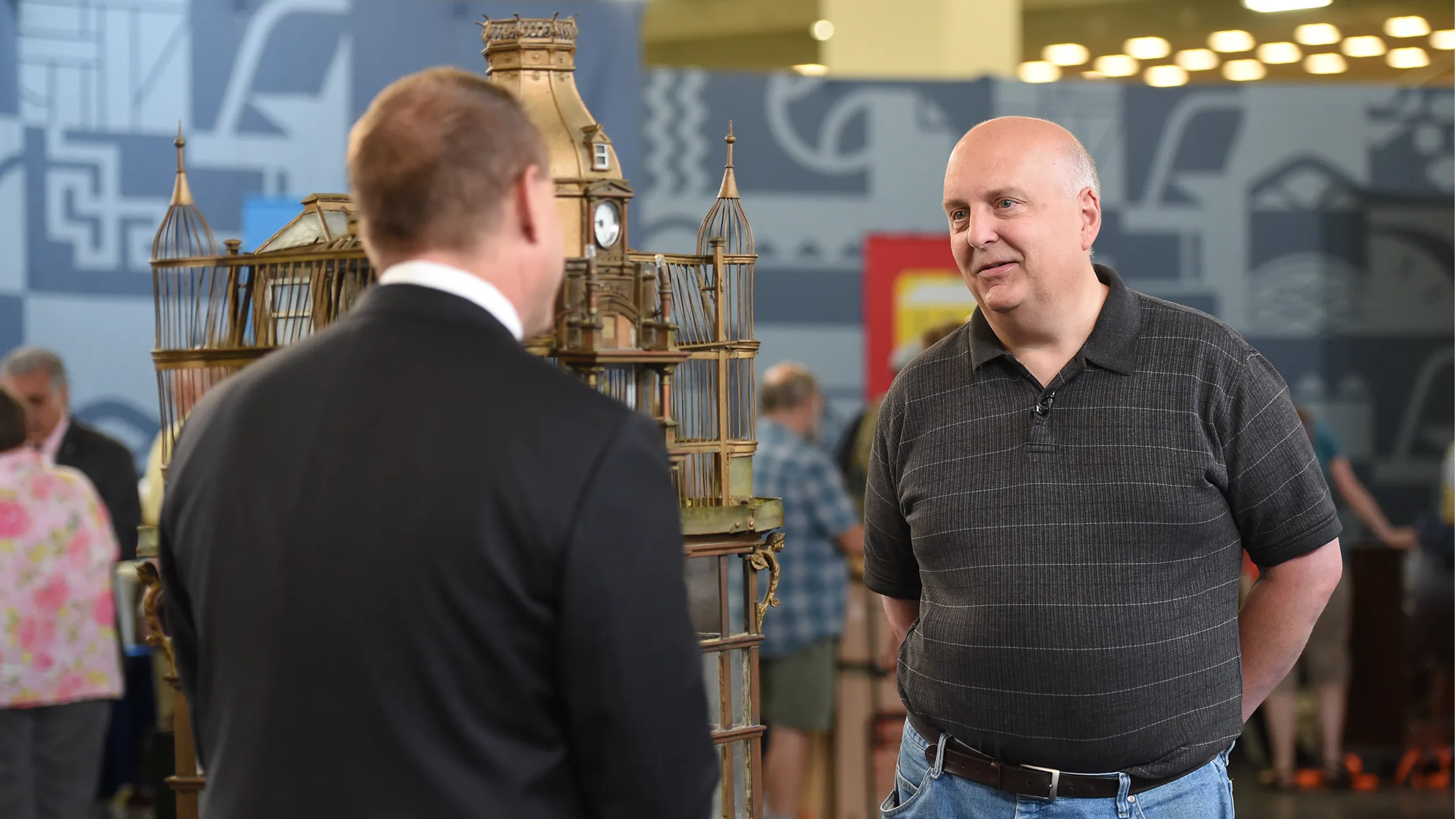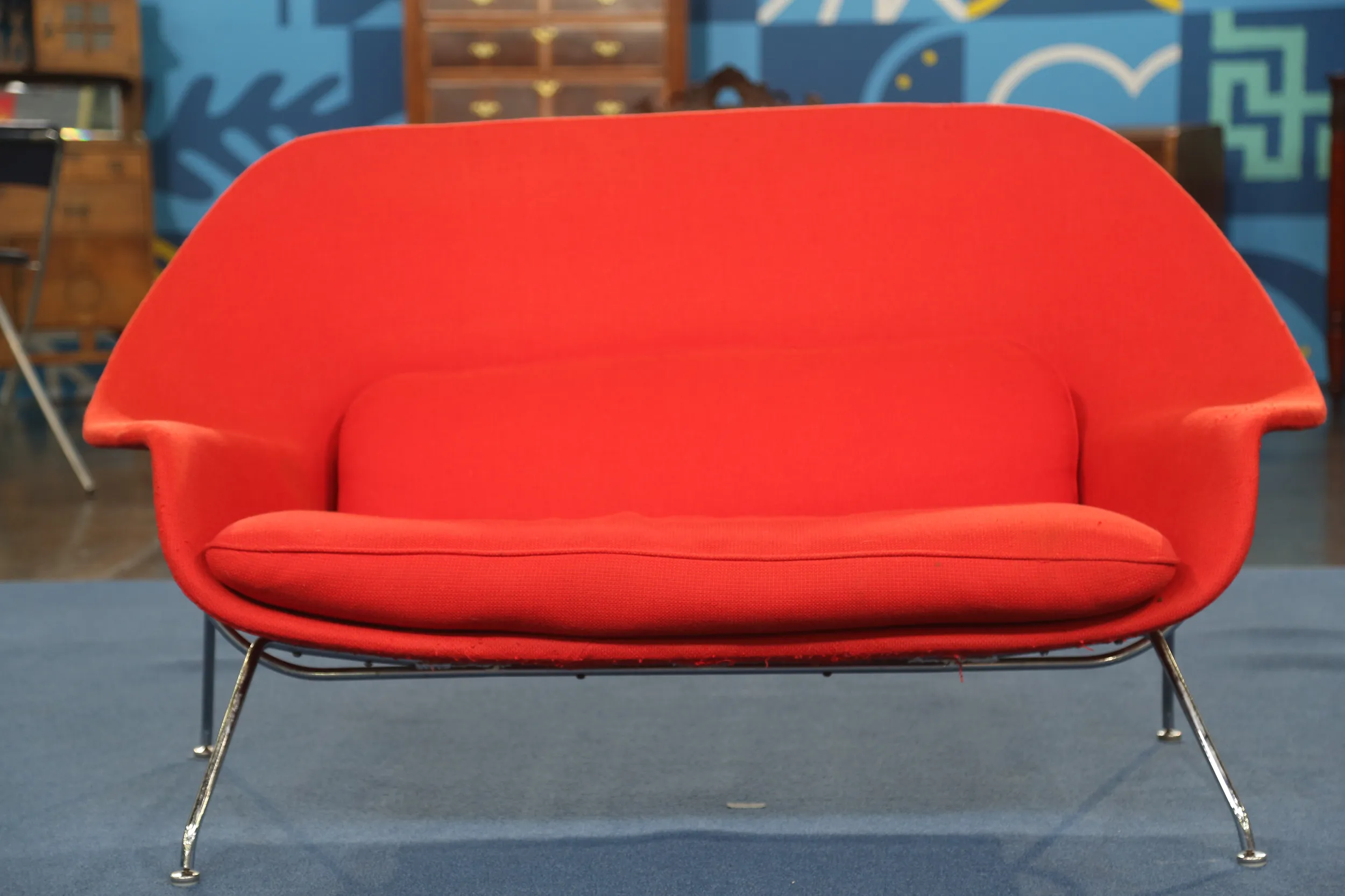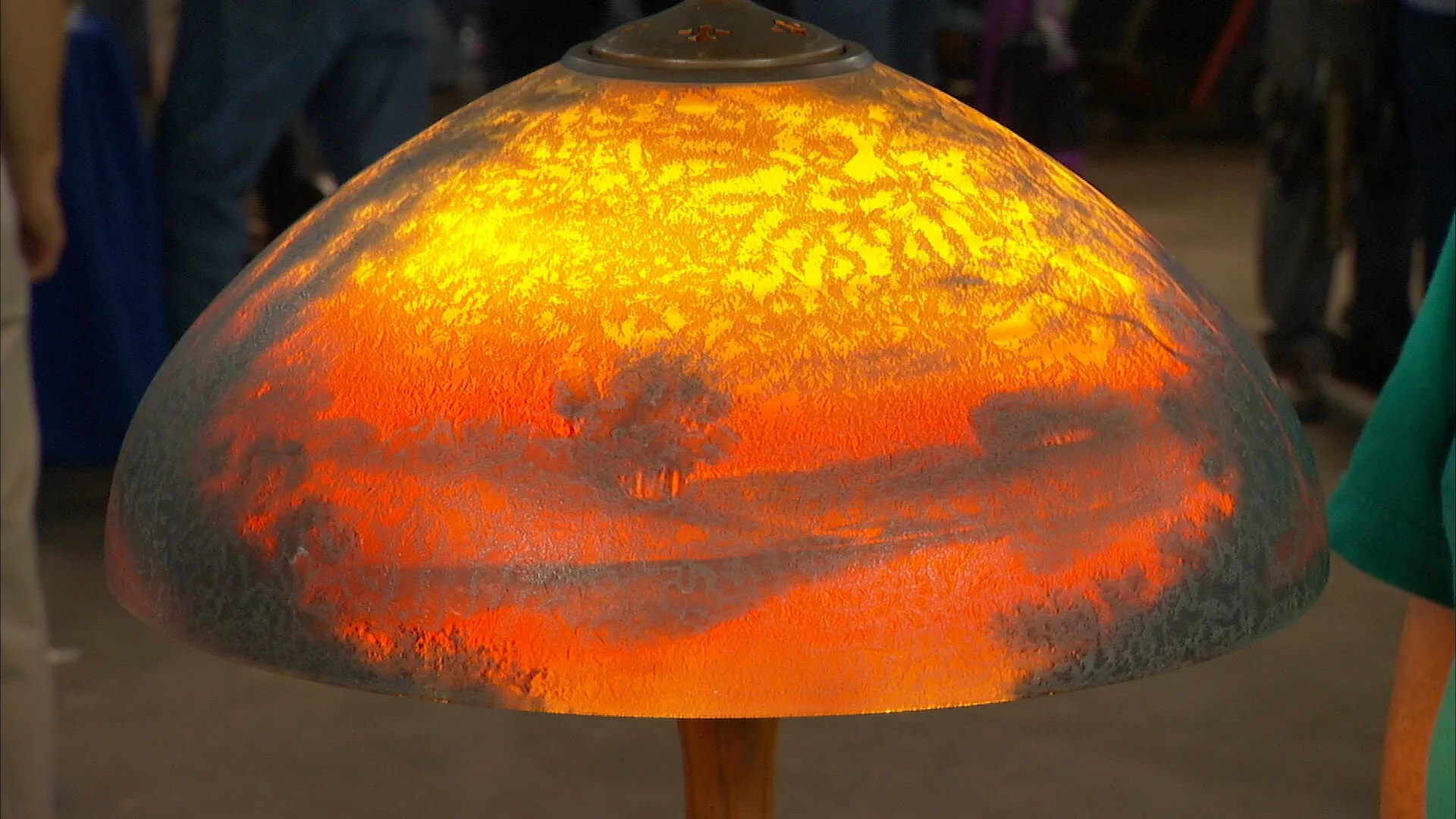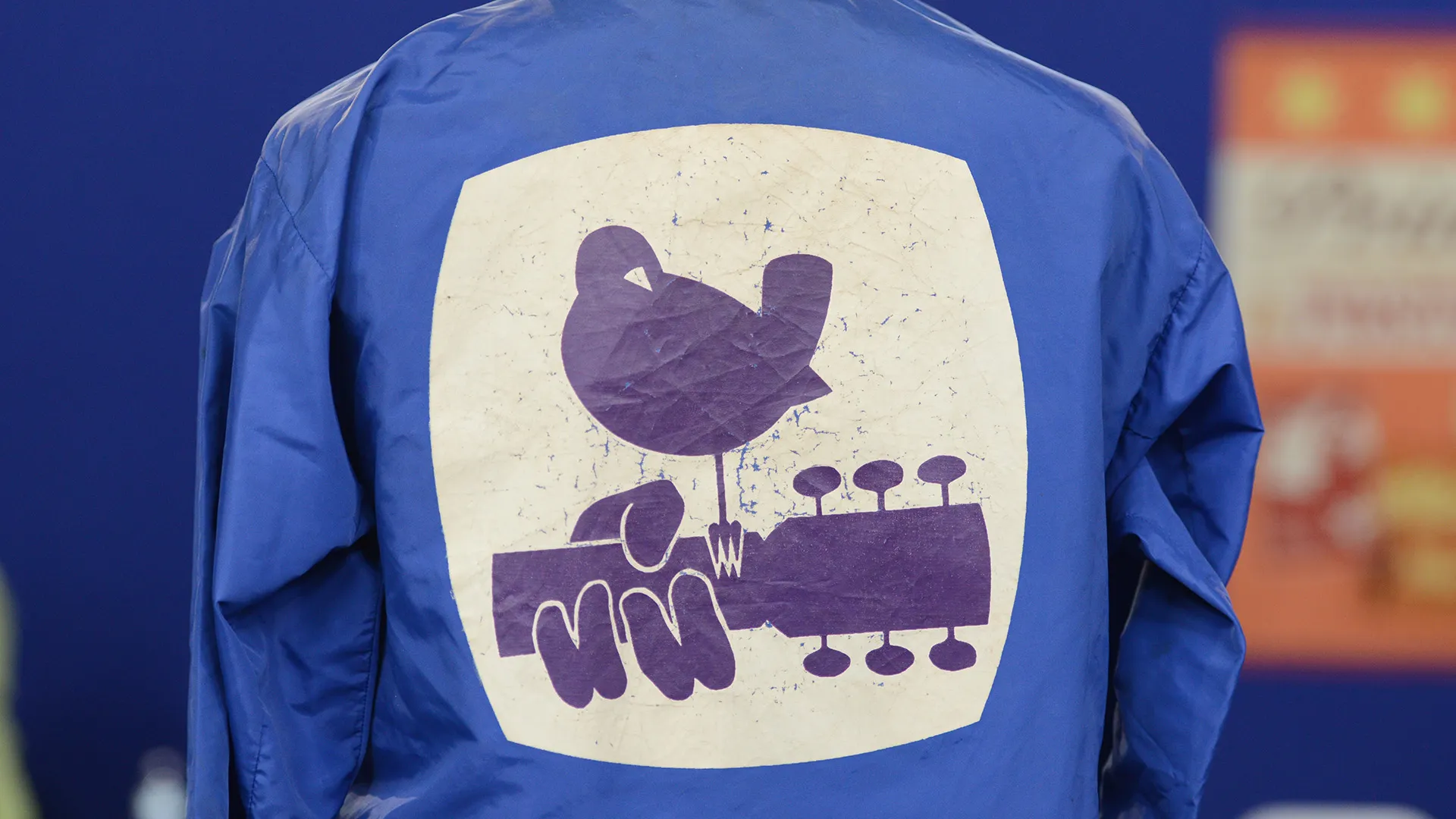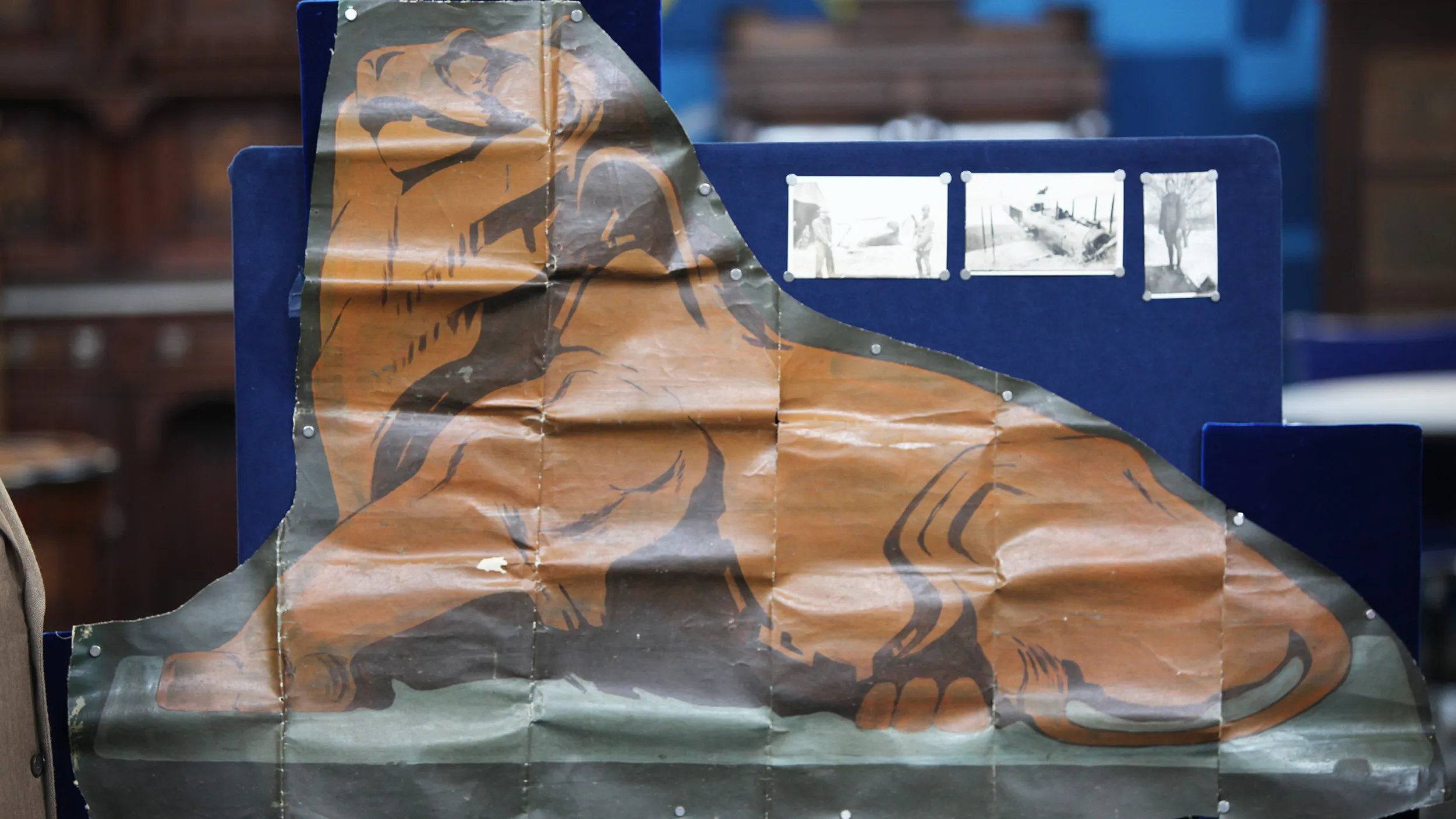GUEST: My son was in the Peace Corps over in Armenia from 1996 to 1998. He found this rug, and the man who sold it to him said it was very old. So he thought I would like it because I have a... kind of Native American art, and he thought it would go well.
APPRAISER: Was it a dealer or did he buy it from a private home?
GUEST: I think he bought it from a private home.
APPRAISER: Okay.
GUEST: Yeah, they'd had it in their family I think for a while.
APPRAISER: This happens to be a rug that was made around 1900.
GUEST: Oh wow, I didn't realize that. So it's pretty old.
APPRAISER: Yeah, and one of the ways we can tell that is that it has the beautiful range of natural dyes. Because after 1900, they started using the synthetic dyes, which are very garish. In terms of the type of rug, it's not an Armenian rug.
GUEST: Oh, it isn't?
APPRAISER: No. I believe it's a rug woven by the Shahsavan tribe, which was sort of in Azerbaijan, bordering on the Caucasus.
GUEST: Oh, okay.
APPRAISER: And by 1900 they were making rugs not only for their own use, but they were making them for the marketplace. Now, the type of rug, it's called a kilim, and kilim refers to the technique, which is a slit-weave tapestry technique. And if you look very closely, there are these little separations where they have to turn the color one way and go back the other way. They have to create a slit.
GUEST: Oh, okay.
APPRAISER: But the majority of the rug is done in plain weave bands that don't require any slits. But this wonderful combination of the plain bands and the pattern creates a really great graphic, and it's not surprising to me that your son thought that it was very evocative of your Southwest theme.
GUEST: Yeah.
APPRAISER: Another hallmark of this type of rug is this beautiful macramé plain weaving at the top, which is very labor intensive. It's so nice when that remains intact in the rug. How do you tend to use it in your house?
GUEST: Well, my son passed away about... it'll be ten years in November. And after he passed away, I hung it on a bed spread holder so it's draped over it, and then I have a picture of my son on the... on it, on the top.
APPRAISER: Oh...
GUEST: And then a poem underneath of his picture.
APPRAISER: Oh, that's really sweet. That's really sweet.
GUEST: So it's kind of in a corner where you... it's the first thing you see as you come down in our rec room.
APPRAISER: That's fabulous.
GUEST: Yeah.
APPRAISER: Well, the rug is in extraordinary condition. They often hung these on the wall, and they wouldn't be too discriminate in terms of how they would hang them. So, actually, there's a tear in the corner at the top, and also at the bottom at the opposite corner. This is a very easy fix for a restorer to re-weave that corner. There's so little that needs to be done to put it in perfect shape, I would recommend doing that.
GUEST: Okay.
APPRAISER: Any idea of the value?
GUEST: I called my daughter-in-law when you said we might have a chance of getting on TV maybe, and so I called her and asked her. They paid $100...
APPRAISER: Wow.
GUEST: ...for the rug. So, I have no idea, I... I just... I love the rug, and it reminds me of my son, and to me it's priceless just because he bought it for me.
APPRAISER: Yeah, of course. In its present condition, the rug is worth $4,000 retail, which would also be considered an insurance value.
GUEST: Okay.
APPRAISER: With $600 or $700 in restoration, I think the value would be up into the $5,000 range on the retail level.
GUEST: All right.
APPRAISER: So it's... it would be worth getting it fixed.
GUEST: Definitely. It would mean a lot to my daughter-in-law, so I'll save it and give it to my grandson someday.
APPRAISER: Absolutely.

